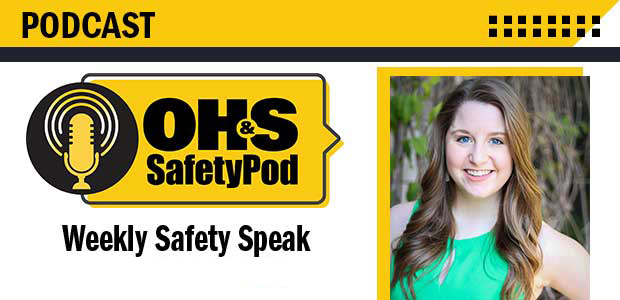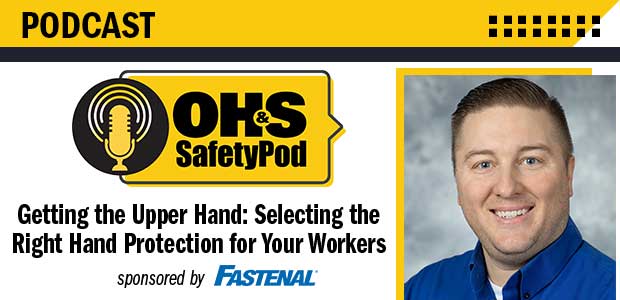
The health and safety of employees can rely on Mobile Treatment Centers.

Episode 72
In this episode we are talking all about stress, wellness and mental health in the workplace. Find out how safety directors, executives and HR can help to ensure that employees feel heard and cared for.

The Maine brewing industry is continuing to expand; it’s a chance to spread the word about safety in growing workplaces.

Vaccinated employees in California can come to work even if they’re exposed to someone with the disease.

A guide is created providing examples of leading health metrics in the workplace.

An associate professor at the University of Pittsburgh leads a study to show AA batteries can measure shoe tread wear, leading to slips and falls.

$244,397 in penalties are distributed due to four willful and 35 serious violations for New Jersey, Pennsylvania companies.

Episode 71
We are talking all about hand protection in this interview between Editor Sydny Shepard and Fastenal's Safety Sales Director Evan Hardin. Listen in as they discuss hand injuries, PPE, new technology and how to keep your workers safe on the job.

New advances in ergonomic training using sensors and biofeedback are forging a step change in manual handling injury reduction.

Organizational culture involves a set of assumptions and beliefs that guides customary and traditional ways of thinking.